About
The Royal Sites of Ireland are ancient centres of power, found across the island. These were places of royal inauguration and gathering, rich in history, mythology, and spiritual significance.
The Royal Sites of Ireland are a group of six ancient ceremonial centres, each deeply rooted in Ireland’s history, mythology, and tradition. They served as places of royal inauguration, assembly, and ritual power.
Each site represents one of the island’s five historic provinces. Navan Fort (Emain Macha) in Armagh was the royal site of Ulster; Dún Ailinne in Kildare for Leinster; the Rock of Cashel in Tipperary for Munster; and Rathcroghan in Roscommon for Connacht. Tara, in the historic province of Midhe, held unique importance as the seat of the high kings of Ireland. Uisneach, often considered the symbolic centre or navel of Ireland, marked the meeting point of the five provinces.
The sites are closely associated with Ireland’s transition from paganism to Christianity and appear frequently in early literature and legend. They connect stories of kingship, the divine right to rule, and the arrival of Saint Patrick, reflecting both spiritual and political authority in early Irish society.
The Royal Sites of Ireland are currently on Ireland’s Tentative List for UNESCO World Heritage status — the first formal step toward international recognition. Inclusion on this list signals that these sites may meet the criteria for Outstanding Universal Value, a designation reserved for places that offer unique insight into the shared heritage of humanity.
What does Outstanding Universal Value mean?
Outstanding Universal Value is a measure used by UNESCO to recognise places of global significance—sites that offer exceptional testimony to human history, creativity, or tradition. The Royal Sites of Ireland have the potential to meet this standard through their remarkable cultural continuity, spiritual and mythological role, a wealth of early literary references and their archaeological richness.
These landscapes were sacred centres of royal inauguration with origins as far back as the Neolithic period (4000 – 2500 BC). Set in elevated and strategic locations, they form part of wider ritual landscapes marked by burial mounds, Iron Age enclosures, forts and early Christian monuments. As cultural landmarks, they reflect key moments in Ireland’s past, from pagan kingship to Christian transformation, and remain deeply woven into the island’s mythology and sense of identity.
UNESCO Nomination Timeline
Six Sites. One story.
The Royal Sites of Ireland are a group of six unique complexes of largely prehistoric monuments and sites referred to in early medieval (AD 400-1200) and medieval (AD 1200-1600) texts as the principal ancient sites of royal inauguration in Ireland. Spread throughout the island, the sites represent the ancient Kingdoms of Ireland and its current provinces of Ulster (Emain Macha), Munster (Rock of Cashel), Leinster (Dún Ailinne) and Connacht (Rathcroghan), together with Tara, the seat of the High Kings, and the Hill of Uisneach, the symbolic central point of Ireland.
Hill of Tara
During the 7th century the Uí Neill dynasty rose to power in the territory of Mide, the area today called Meath and Westmeath. The Uí Néill saw the Hill of Tara as their royal centre, and developed the legend that the High Kingship of Ireland was traditionally associated with Tara. The biographer of Saint Patrick, Múirchú, writing about AD680, described Tara as ‘the capital of the Irish’. The royalty of the site is evoked by names attributed by medieval poets to the various monuments, such as the Rath of the Kings, the Banqueting Hall, the Rath of the Synods and Cormac’s House, after the legendary king Cormac Mac Airt.
Learn MoreRock of Cashel
The Rock of Cashel in Munster is different from the other provincial royal sites in that its traditionally regarded as being founded in the 4th or 5th century Indeed, the very name is an early borrowing from the Latin castellum (fortress), evidence that the elite associated with the site had wider connections to the Roman world. It appears that Cashel was founded by the Éoganachta dynasty circa 400 AD, and therefore we do not see the same prehistoric ritual and burial monuments here, comparable to those found at the other provincial royal sites.
Learn MoreHill of Uisneach
The Hill of Uisneach in Westmeath is renowned in early Irish tradition as the centre of Ireland and meeting point of the ancient provinces. The iconic Cat Stone (a large glacial erratic) on the western slope of Uisneach, is also known as Ail na Mireann (‘The Stone of Divisions’). Uisneach also has mythological associations as the domain of gods and goddesses, among them Lugh, the sovereignty‐goddess Ériu, and the Dagda, the great sun‐god and ‘father of all’. Uisneach is believed to have been the royal seat of one of Ireland’s most powerful medieval dynasties – the Clann Cholmáin, part of the Southern Uí Néill.
Learn MoreRathcroghan
Crúachain Aí or Rathcroghan, the traditional royal seat of Connacht, is in Roscommon near the village of Tulsk, overlooking the rolling pasture lands of Mag nAí/Machaire Connacht (the plains of Connacht). The site is best known as the capital of the legendary Queen Medb (Maeve) of Connacht, and her consort Ailill, and the place from where the great Cattle Raid of Cooley, the Táin Bó Cúailnge, Ireland’s National Epic, was initiated. It is also described in our early literature as a great cemetery of kings and heroic warriors, one of the principal assembly sites of Ireland and a place associated with prehistoric sacral kingship, and the crowning of Connacht’s elite.
Learn MoreDún Ailinne
At the south-east end of the Curragh of Kildare, is Knockaulin hill or Dún Ailinne, which in historic times was a symbol of Laigin or the Leinster kingship. The rulers of Leinster were great rivals of Uí Néill of Mide, who were creating the myth that the Hill of Tara was the seat of the Irish High Kings from time immemorial. Not to be outdone, the Leinster elite developed Dún Ailinne as the symbol of Leinster kings. It’s location, about six kilometres south of the site of Óenach Carmain and within view of the Old Kilcullen’s medieval monastery suggests this hilltop sits within a broad landscape of ritual and assembly.
Learn MoreMonument Protection
Many of the features of the Royal Sites of Ireland are recorded monuments or national monuments in state ownership. They are protected under the provisions of the National Monuments Act 1930-2014/ Historic and Archaeological Heritage and Miscellaneous Provisions Act 2023.
If you are interested in locating and learning more about recorded archaeological monuments you can do this online, through an interactive mapping system Historic Environment Viewer (HEV) managed by the National Monuments Service.
Sacred Places of Ritual, Kingship & Culture
The Royal Sites of Ireland are ancient centres of power, found across the island. These were places of royal inauguration and gathering, rich in history, mythology, and spiritual significance.
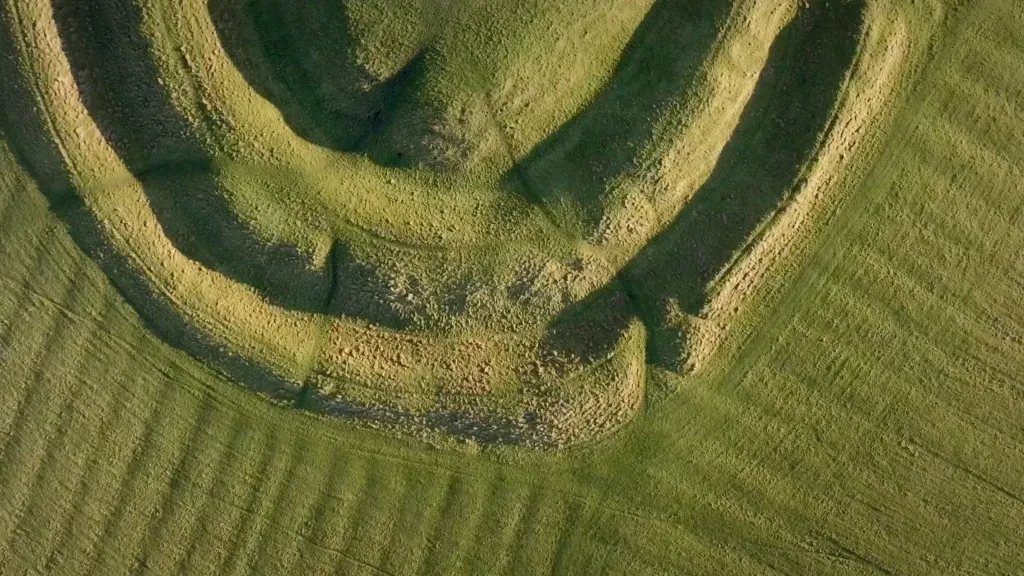
Follow in the footsteps of Ireland’s High Kings on the Hill of Tara
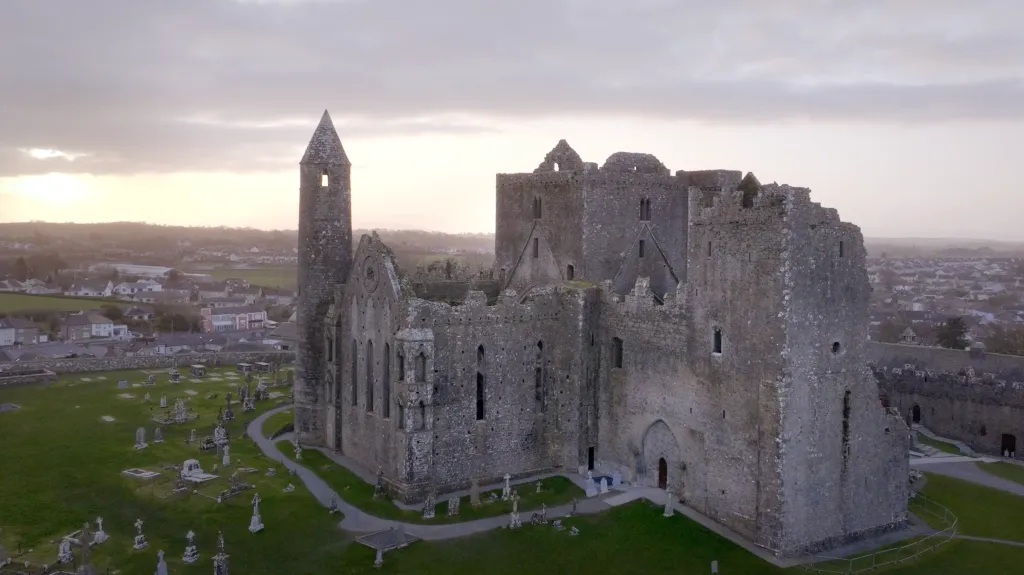
Explore where kings knelt and churches rose
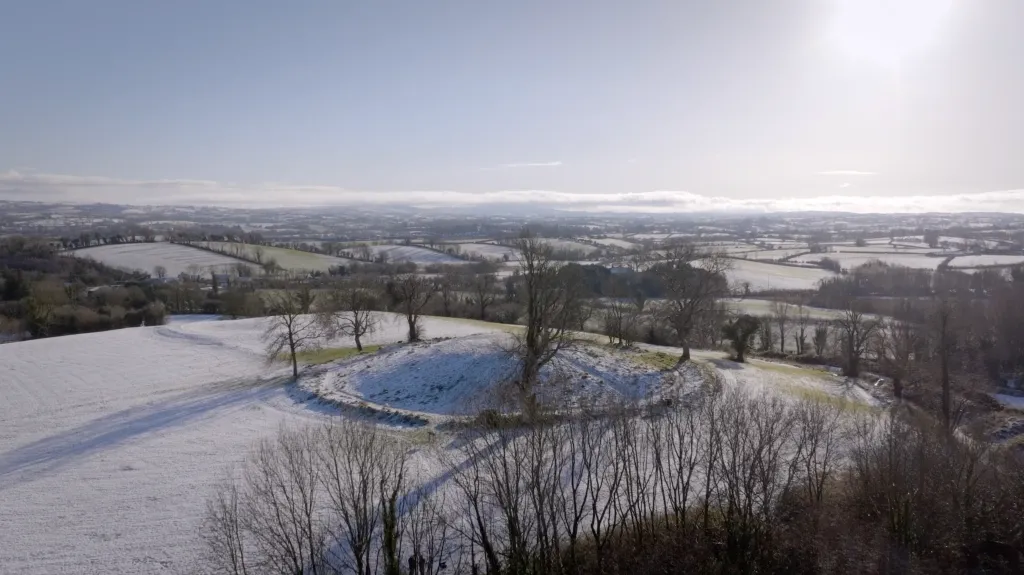
Step into the stronghold of warriors and legend
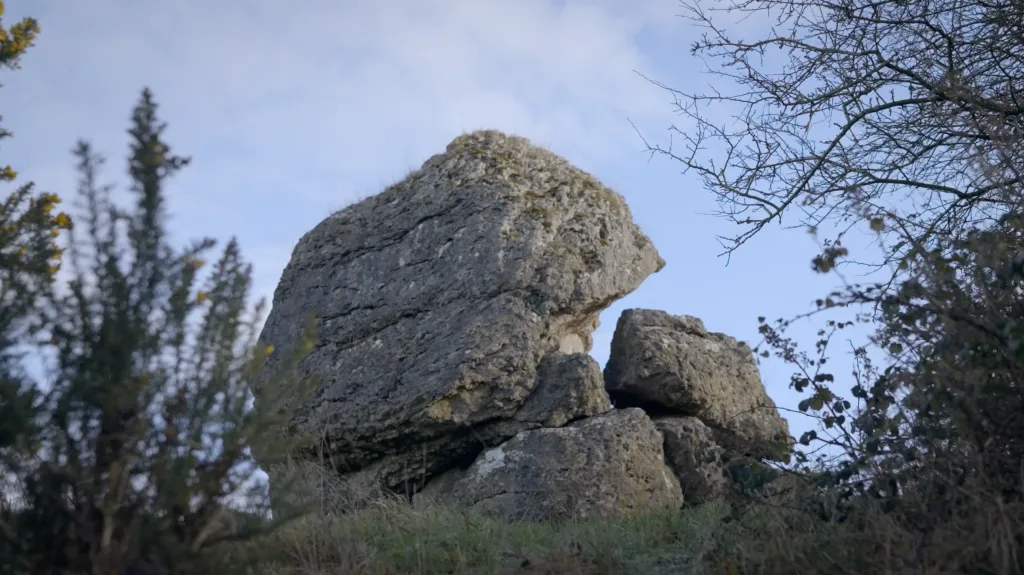
Stand at the centre where Ireland’s provinces meet
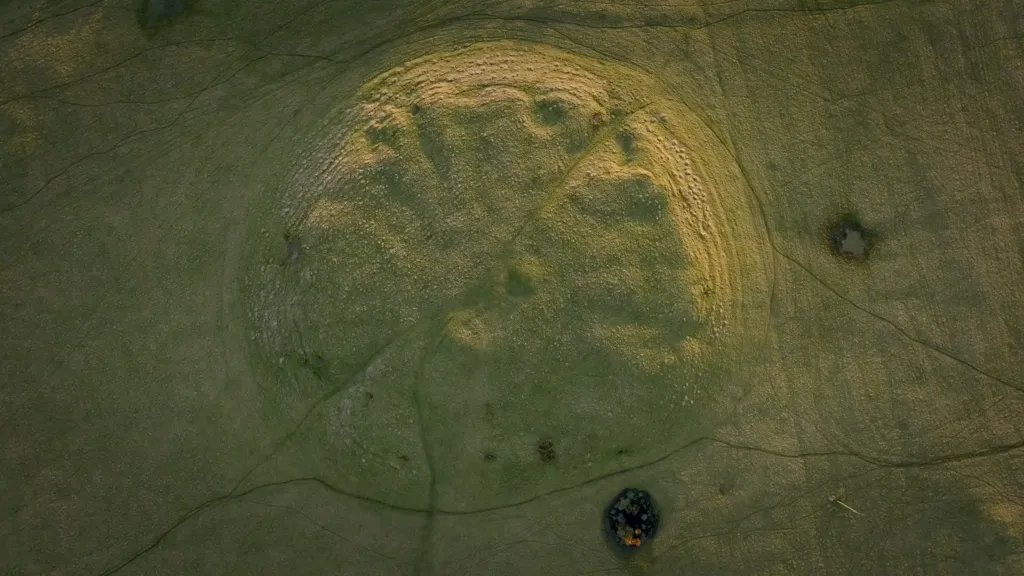
Uncover tales of Queen Medb and ancient passageways
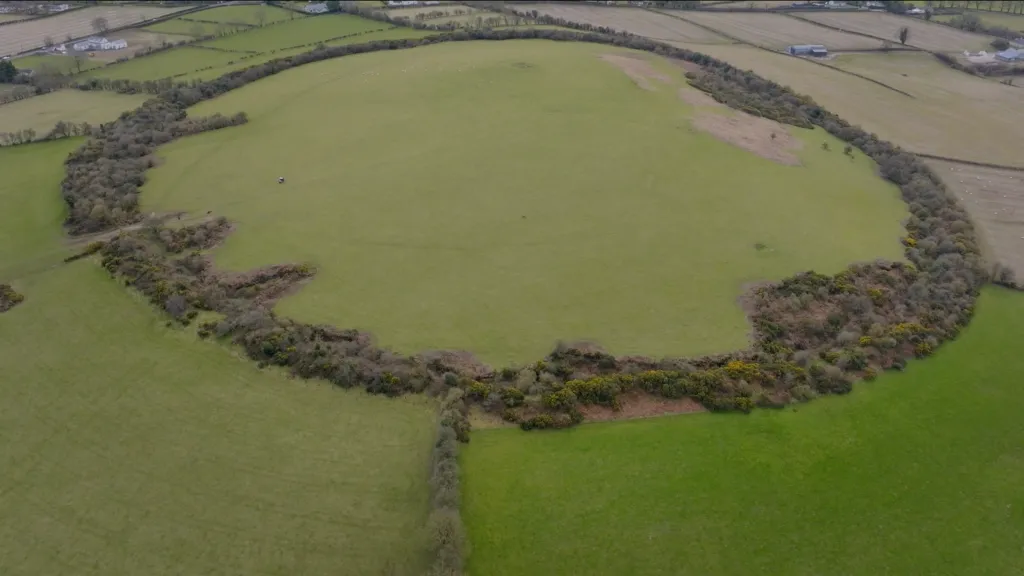
Leinster’s royal stage, alive with ceremony and rivalry